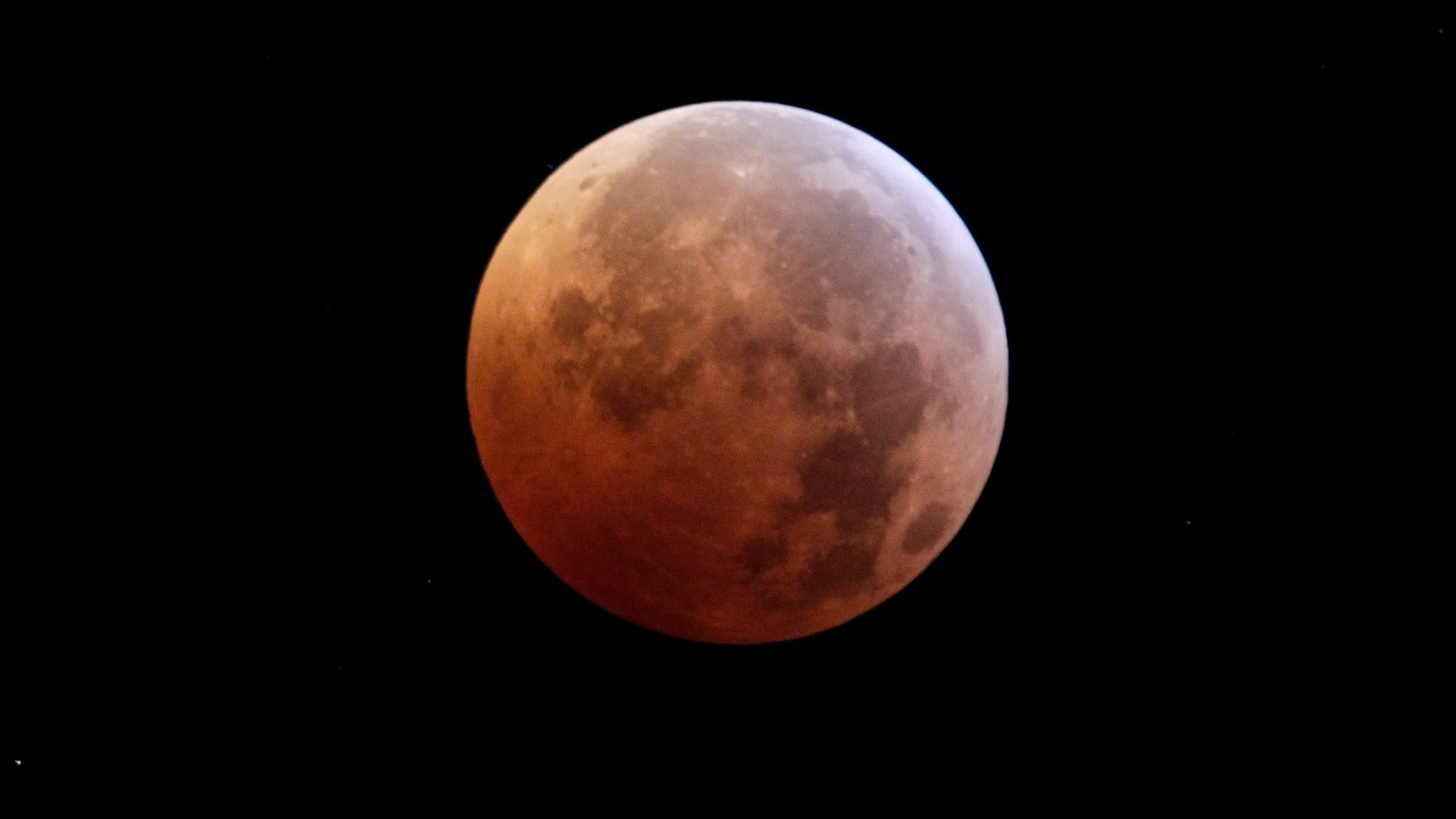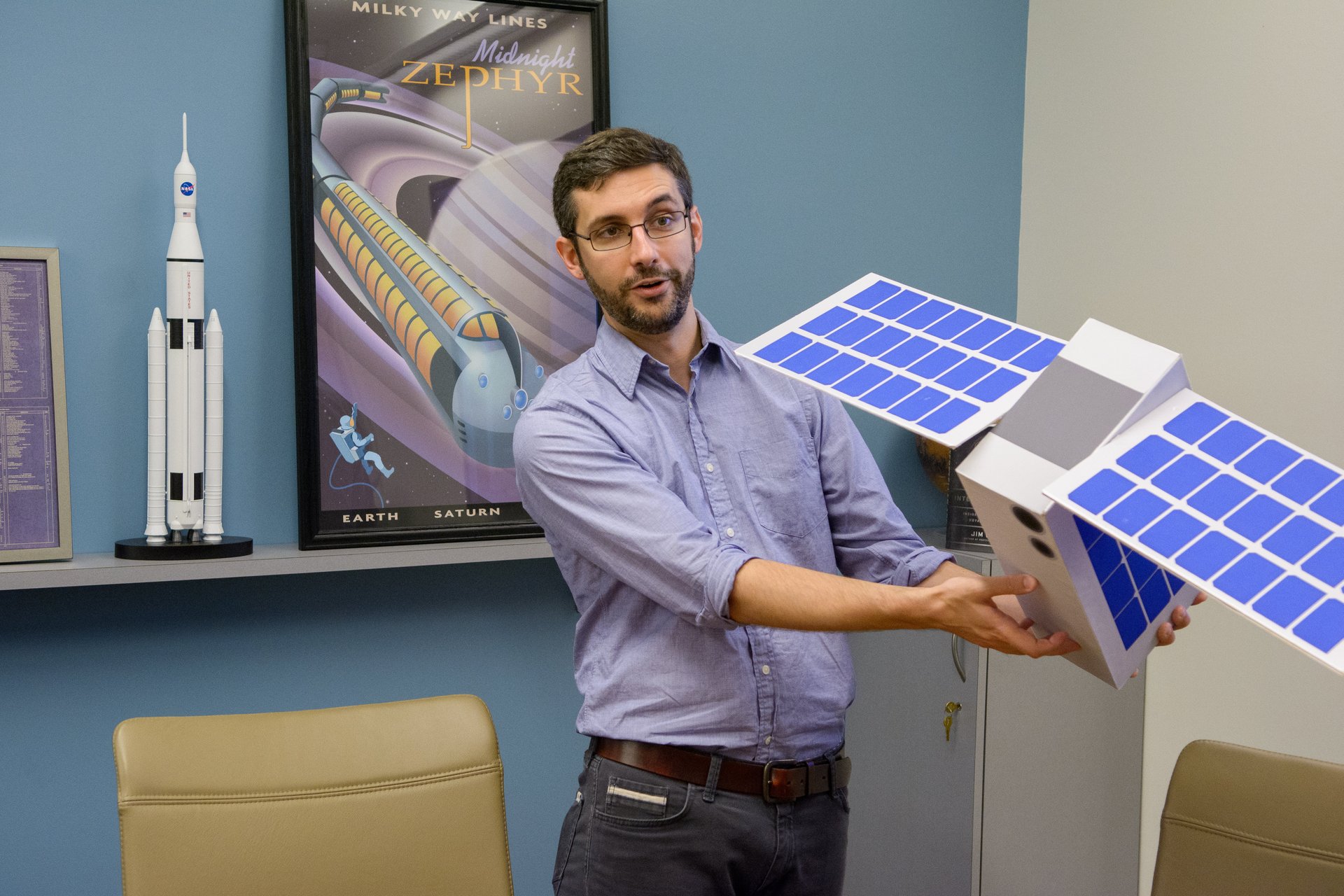Cute little satellites bound for the moon could help us find water on other planets
When Neil Armstrong’s foot settled into lunar dust in 1969, kids around the world began to dream of heading up future missions to Mars and other distant planets. Now a small but transformative effort could pave the way for humans to explore the solar system—by sending satellites the size of a shoebox to scout for water on the moon and beyond.


When Neil Armstrong’s foot settled into lunar dust in 1969, kids around the world began to dream of heading up future missions to Mars and other distant planets. Now a small but transformative effort could pave the way for humans to explore the solar system—by sending satellites the size of a shoebox to scout for water on the moon and beyond.
Miniature satellites, known as nanosatellites or CubeSats, have created new possibilities for experimentation and discovery in outer space. With price tags just a fraction of the cost of larger, more traditional missions, these tiny satellites have inspired NASA to team up with university-based scientists and engineers, along with private businesses, for planetary science research.
Our team at Arizona State University’s School of Earth and Space Exploration is among the first to work on an interplanetary science mission for these satellites. Our LunaH-Map program will send a small spacecraft into orbit around the moon, with the goal of locating hydrogen contained in ice in the craters of the lunar South Pole.
This area is permanently shadowed, which made it difficult for past instruments to gather sufficiently detailed information. Using a neutron detector traveling only three to seven miles above the lunar surface, we expect to create the highest-resolution maps ever produced of ice on the moon.

This mission will help us to better understand the moon’s geological history, and perhaps our solar system’s history as well. How is water distributed on the moon? Was it delivered by passing asteroids or comets, by solar wind or by cosmic rays?
Even more excitingly, the mission could pave the way to expanded exploration of the solar system by robots and humans alike. By using tiny satellites to locate high concentrations of ice on our moon as well as other planets, we can aid future prospecting for locations rich in resources for liquid water, breathable air, rocket fuel and shielding from radiation. Our hope is that universities, NASA and other organizations will commit to build more spacecraft to venture further into the solar system.
Small new efforts like ours can change the way we pursue space exploration. Once, only the most experienced veterans could have a hand in space missions. Now CubeSat missions can be proposed and led by students or postdoctoral researchers who might not even be sure if they will have a job in the field when their missions are complete. (This invaluable experience, however, surely strengthens their prospects.)
This may sound like a risky proposal. But it’s the kind of evolution that can make transformative experimentation and innovation possible. As president John F. Kennedy once said, “We choose to go to the moon in this decade and do the other things, not because they are easy, but because they are hard, because that goal will serve to organize and measure the best of our energies and skills.” Like the tens of thousands of NASA workers who propelled Armstrong to the moon, this is a mission we’re excited to tackle.